What is good about the “Thunder” wheat variety and what are its features?
Winter wheat is the most common cereal grown in our country. It occupies almost 88% of the area among plantings of plants of the Cereal family. Soft winter wheat Grom has long been known to farmers for its varietal qualities.
It is immune to many dangerous diseases, and its yield is higher than that of similar crops. Flour products retain their taste and freshness for a long time, which is why Grom wheat is classified as a valuable variety.
What kind of wheat is this?
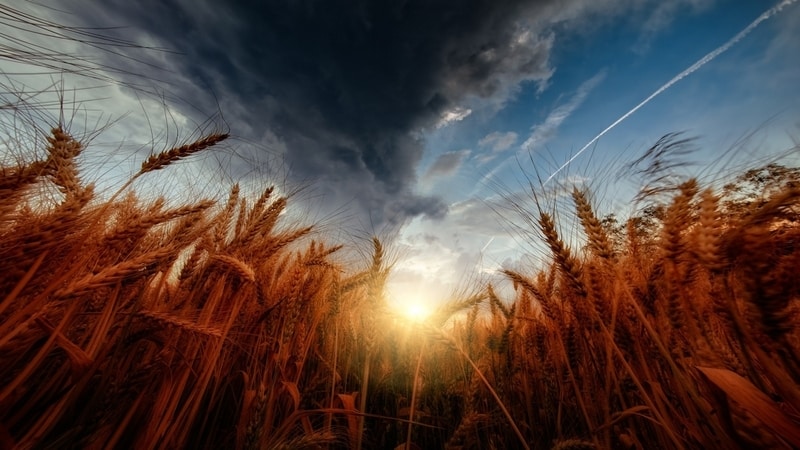
Winter Thunder was obtained by crossing highly frost-resistant varieties. Refers to the most common variety of wheat, lutescens. The variety was entered into the state register in 2010.
Reference! The variety is named after the President of the Russian Academy of Agricultural Sciences, G. A. Romanenko.
Characteristics and description
Wheat belongs to the annual herbaceous plants of the grass family. The growth is semi-dwarf, does not exceed 90 cm. The stem is hollow inside, of medium thickness, thickest in the middle. Highly resistant to lodging, ears do not fall off.
Reference! Another name for the grass family is Poagrass. This family contains more than 10 thousand species, most of which are of agricultural importance to humans.
The root system is developed. The leaves are long and rich green. The plant pollinates itself.
The variety is mid-season, the full growing season is 225-270 days. The autumn growing season lasts no more than 50 days.It is highly drought-resistant and tolerates hot climates, which is important for the southern regions.
During the growing season, wheat actively grows green mass, which is excellent for feeding poultry and livestock.
The grains of the cereal plant are of the soft type.
Features of the variety
The cereal plant has a high resistance to lodging, which reduces possible losses during harvest. The variety is also winter-hardy; seeds can be sown 5-7 days later than other winter crops.
The photo shows Grom wheat.
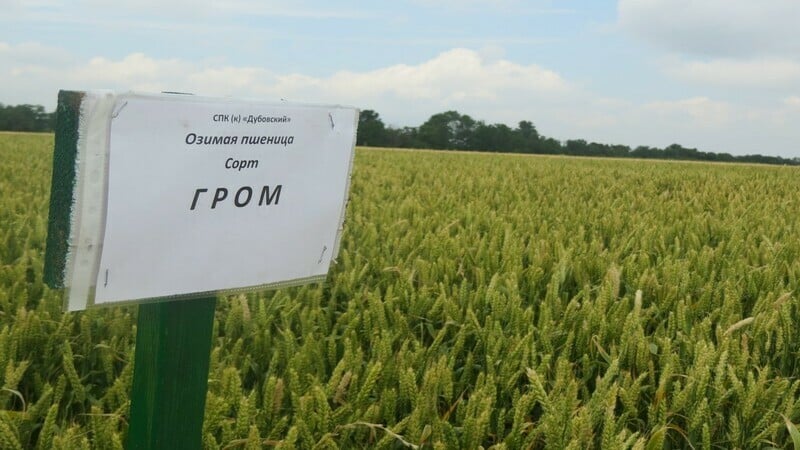
Properties of winter wheat
The properties of winter crops are divided into approbation, flour-grinding and baking properties. Approbation testing is carried out to determine the purity of the variety. Flour-grinding and baking properties determine the quality of the grain. The higher the baking properties, the better the quality of the baked goods.
Approbation
Winter wheat Grom is distinguished by the following approbation properties:
- upright bush shape;
- slight waxy coating on the ear;
- a strong waxy coating on the upper internode;
- the spike is loose, of medium length and density, pyramidal in shape, white;
- ear pubescence is weak;
- the straw is not powerful;
- grains of a reddish hue, medium size;
- weight of 1000 grains – 35-47 g.
Flour mills
High milling properties are inherent in spherical grains. They are the easiest to process into flour. A high finished flour index indicates the value of the grain.
The flour-milling qualities of the Grom variety are considered high due to the ease of processing. It belongs to valuable wheat, as it meets all GOST requirements.
Bakery
The baking properties of flour determine the quantity and quality of gluten. The gluten content is affected by the amount of protein. The more protein, the higher the gluten content, which means higher baking properties.
Grom wheat has an average level of baking properties, the amount of gluten is optimal - does not exceed 27%. High-quality bakery and confectionery products are obtained from flour, but it is not used to make pasta. Durum wheat flour is used to produce pasta.
Reference! In addition to bakery products, wheat is used to produce alcohol and starch.
Features of agricultural technology
Thunder is not a capricious crop. However, to obtain a high-quality harvest, it is necessary to comply with sowing dates and seeding rates.
Sowing dates
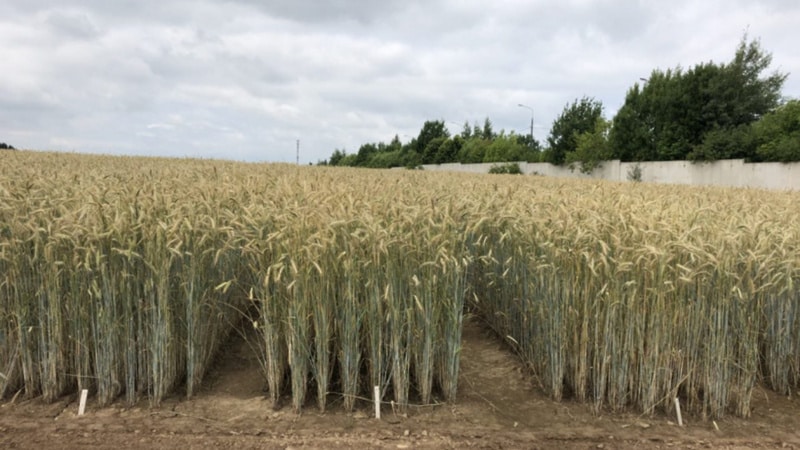
Sowing dates are important if winter cereals are planted for grain. The norms are deviated from when the plant is used as green manure.
Sowing begins at the end of August - beginning of October, when the temperature reaches +14...+16℃. When sowing early sprouts will stretch out and weaken, which will negatively affect the immunity of plants. If planting is late, the root system will not have time to form, and part of the crop will die.
The seeding rate depends on the region. No more than 1.8 kg of grain per hundred square meters is consumed in fertile soil. In cold regions and in heavy soils, the seeding rate is 2.0-2.2 kg per hundred square meters.
Sowing
The seed is buried 3-5 cm into previously prepared furrows. Then the plantings are watered from a watering can.
You can also scatter the grains over the surface of the area and then cover it with a rake. But with this method of planting, more seeds are used, since many will remain on the surface and will not germinate.
Seeds of cereal plants are sown in fertile soil, pre-fed with a full range of mineral fertilizers. The soil is fertilized twice: in spring and autumn digging.
Wheat roots help improve soil structure. During the growth of wheat, the earth rests. Therefore, cereals are planted mainly after plants that deplete the soil. Experienced gardeners claim that the optimal predecessor for wheat is potatoes. The crop is also planted after corn and sunflower.
Further care of wheat
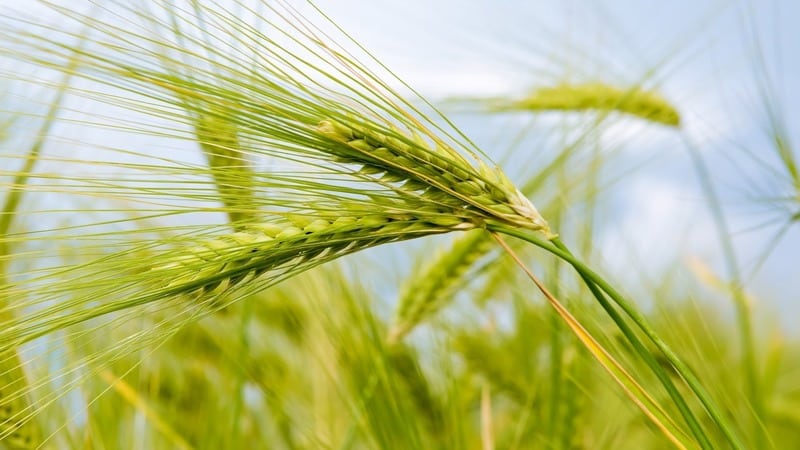
During growth and development, cereals absorb a lot of nitrogen and phosphorus. Plants also need potassium supplements.
For full development you will need:
- nitrogen – 400-600 g per hundred square meters;
- phosphorus - 50-70 g per hundred square meters;
- potassium - 60-80 g per hundred square meters.
Reference! To obtain green mass, nitrogen alone is sufficient. When planting a winter crop for grain, all three elements will need to be added.
In addition to fertilizers during the growing season, nitrogen, potassium and phosphorus are added to the soil during digging. Nitrogen and phosphorus are added twice, during autumn and spring digging, and potassium once - during spring digging.
Productivity
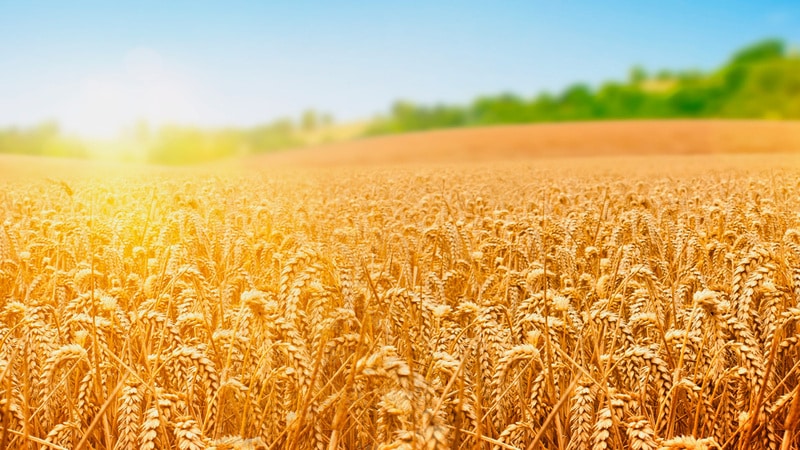
The crop is cultivated in all regions, but yield indicators are different everywhere. Productivity depends on weather conditions, soil composition and fertilizing.
The average yield in the North Caucasus is 53 c/ha, on the lower Volga it drops to 23 c/ha, and the Krasnodar Territory holds the leading position: here the figure reaches 80 c/ha.
Disease resistance, disease prevention
Grom wheat is highly resistant to diseases such as powdery mildew and yellow rust. These diseases are most dangerous for cereal plants; the variety’s immunity to them sets it apart from other crops.
Wheat is also resistant to leaf rust and septoria.
Nevertheless, preventive measures begin as soon as seedlings appear. The crop is treated with pesticides at least 4-5 times throughout the growing season. This increases resistance to pests such as grass flies and fall armyworms. These pests are no less dangerous than diseases.
To enhance immunity, during plant treatment, microelements and nutrients are added to the solution to enhance immunity.
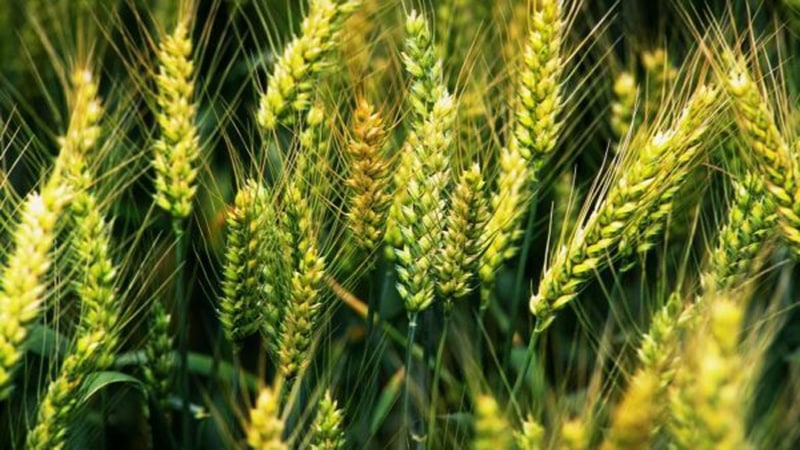
Chemical preparations include the insecticide Fitoverm and Agrovertin.
Reference! During the course of a day, the winter cutworm can gnaw the roots of 15 plants. In the old days it was called the winter locust.
Advantages and disadvantages
The valuable qualities of wheat include:
- winter hardiness;
- drought resistance;
- quick adaptation to hot climates;
- high productivity;
- strong immunity;
- short stature;
- resistance to lodging;
- soft grain type;
- high milling properties;
- Possibility of landing in all regions.
The disadvantages include the intensive growth of green mass, which serves as a bait for pests. But this is rather a characteristic feature of the variety rather than a disadvantage.
Reviews about the variety
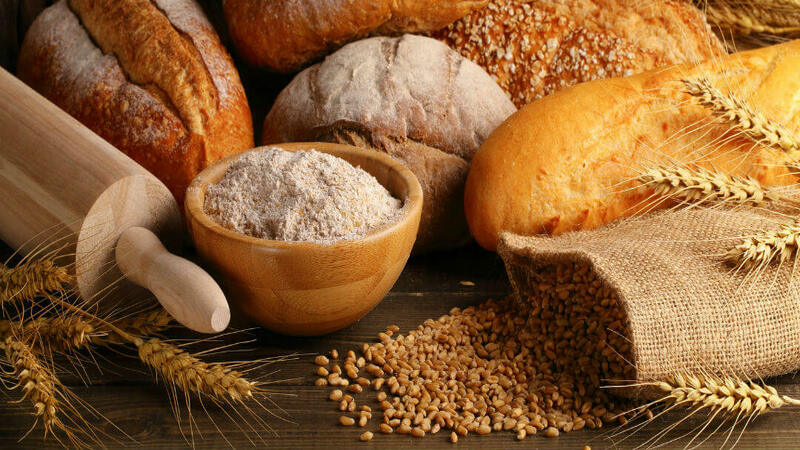
Positive reviews about Grom wheat indicate its popularity and high varietal performance.
Matvey, Moscow region: “I have been growing wheat for more than 3 years. I sow in the field on the twentieth of September. Germination is good. During the entire growing season, the crop does not suffer from anything. I make sure to carry out preventive measures 4 times a season. The yield is high, the grains are even and beautiful.”
Anastasia, Vologda region: “I plant wheat in the garden in winter so that the land can heal and rest after the summer season.I like the Thunder variety for its price and unpretentiousness. I planted other varieties before him, some died, some got sick, but Grom has strong immunity. It makes me happy with greenery for a long time.”
Read also:
Winter wheat “Moskovskaya 40”: description of the variety.
Review of winter wheat variety "Yuka".
Description and characteristics of the winter wheat variety “Bagrat”.
Conclusion
High-yielding Grom wheat is suitable for planting as grain and for growing as feed for domestic animals. The variety is distinguished by its stable immunity to diseases, winter hardiness and accelerated adaptation to arid climates. Due to its high milling and baking properties, the crop is classified as a valuable wheat.